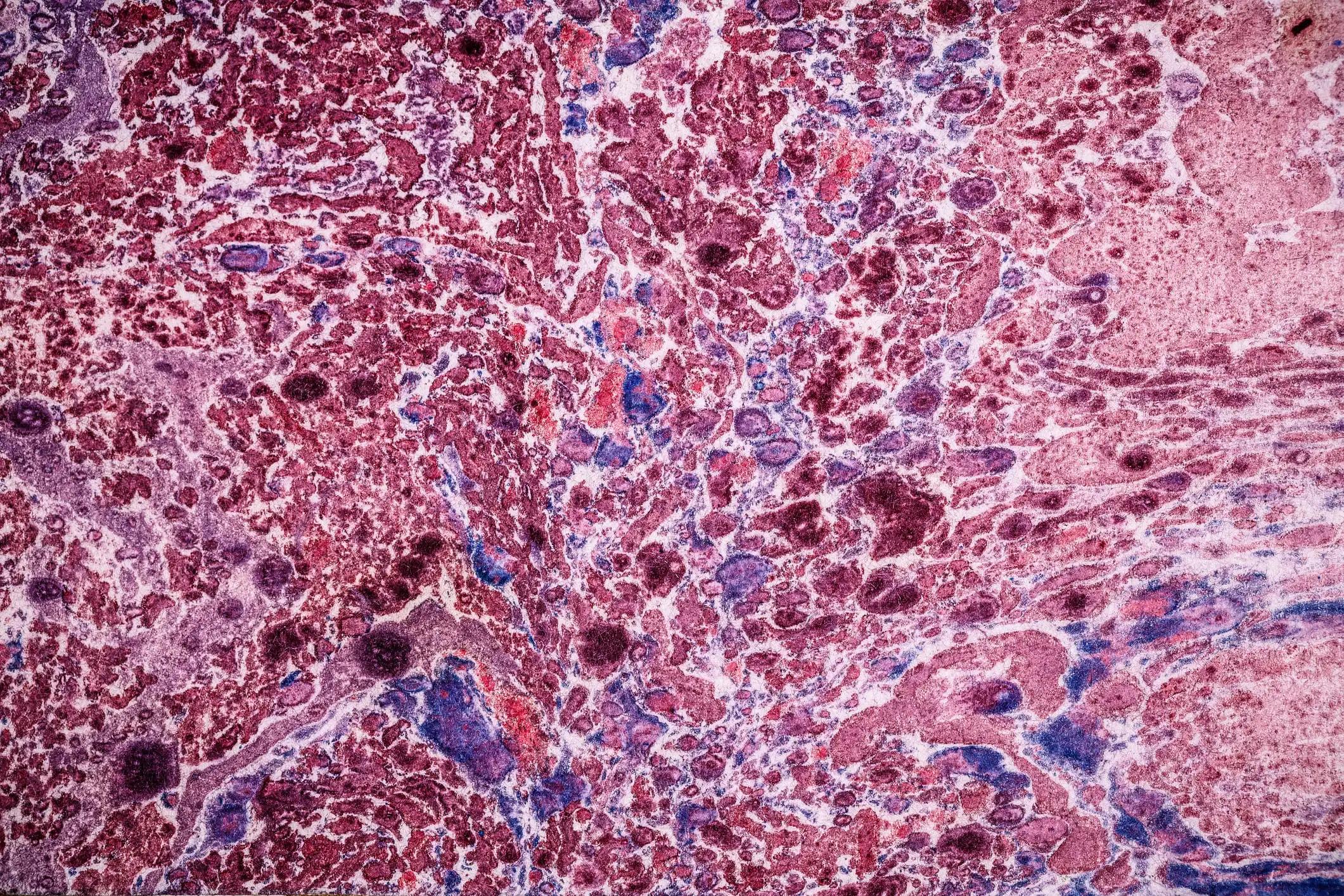KEY TAKEAWAYS
- ZUMA-5, phase 2 study evaluated Axi-cel CAR T-cell therapy in iNHL patients with updated clinical outcomes after 3+ years follow-up
- The study enrolled 159 patients with R/R FL or MZL after at least 2 lines of therapy, and the primary endpoint was ORR.
- The ORR and CR rates were similar to the 2-year analysis, and the overall median DOR was 38.6 months (FL: 38.6, MZL: not reached [NR]). Median PFS was 40.2 months (FL: 40.2, MZL: NR).
- Patients with ongoing response to Axi-cel had higher peak CAR T-cell levels. Relapse was linked to higher Treg-related biomarkers and a lower engraftment index in FL.
- The 36-month OS rate was 75%, and lymphoma-specific PFS and survival were NR with 36-month rates of 65% and 89%, respectively.
For patients with follicular lymphoma (FL) who have exhausted at least 2 consecutive lines of treatment, the autologous anti-CD19 CAR T-cell therapy Axi-cel is an option. ZUMA-5 is an axi-cel Phase 2 single-arm study for people with R/R iNHL (FL and marginal zone lymphoma [MZL]). Here, researchers provide an update on the clinical and pharmacologic results from ZUMA-5 after a median follow-up of more than 3 years. Patients were eligible if they had R/R FL or MZL after ≥2 lines of treatment (including an anti-CD20 mAb plus an alkylating agent). After leukapheresis, patients received conditioning chemotherapy and an infusion of axi-cel (2×106 CAR T cells/kg). The overall response rate was the primary measure of success (ORR). Researchers evaluated time-to-event endpoints.
Deaths unrelated to disease progression or therapy were disregarded in exploratory analyses of lymphoma-specific survival. Both univariate and multivariate analyses were performed to rank the correlation of pharmacologic variables with efficacy and toxicity.
A total of 159 patients (127 FL; 31 MZL) were enrolled, and 152 were given axi-cel (124 FL; 28 MZL). Median follow-up for patients who were first enrolled as of March 31, 2022, was 40.5 months (range: 8.3-57.4, FL: 41.7, MZL: 31.8). Both the ORR and CR rates were comparable to the 2-year analysis (Neelapu et al. ASH 2021. Abstract 93). There was a median DOR of 38.6 months across the board (FL: 38.6, MZL: not reached [NR]).
Among patients who achieved a CR, the median DOR was not reached, but for those who achieved a PR, it was 4.9 months. Progression-free survival (PFS) median was 40.2. (FL: 40.2, MZL: NR). Among patients with FL, those who received POD24 had a median PFS of 40.2 months, while those who did not have NR. All patients with iNHL, regardless of additional risk factors, had a similar estimated PFS at 36 months. Both the median time until the subsequent therapy and the overall survival (OS) rate at 36 months was not met. Lymphoma-specific PFS and survival medians were both NR, with 36-month rates of 65% and 89%, respectively.
One neurological incident, 4 cytopenias, and 2 infections were the only AEs of concern among treated patients that occurred after the 2-year study and were primarily seen in recently enrolled patients with MZL (1 in FL). Nearly 10 patients have passed away since the 2-year analysis, with one dying from progression, 3 from adverse events (none attributable to axi-cel), and 6 from unrelated causes. At 36 months, patients who had maintained responses had greater peak CAR T-cell levels (53.9 cells/µL) than those who had relapsed (29.6 cells/µL) or who had not responded (22.2 cells/µL). Patients with FL were more likely to relapse if their engraftment index (peak CAR T-cell levels/tumor burden) was high and if they also had higher baseline regulatory T-cell (Treg)-related biomarkers.
Patients with FL who underwent multivariate analyses revealed crucial variables differentially linked with efficacy and toxicity. Durable responses persisted in patients with R/R iNHL treated with axi-cel after 3 years of follow-up in ZUMA-5, and survival was enhanced in those with MZL who were followed for longer. The risk of late disease progression or death from lymphoma or study treatment was low, and no new safety signals emerged after the initial 2-year evaluation. Patients with FL who have relapsed before their infusion of immunosuppressive Tregs.
Source: https://cart2023.abstractserver.com/program/#/details/presentations/86
Clinical trial: https://www.clinicaltrials.gov/ct2/show/NCT03105336
Agha I., Neelapu S, Chavez J, Sehgal A, Epperla N, Ulricksons M, Bachy E, Munshi P, Casulo C, Maloney D, Vos S, Reshef R, Leslie L, Oluwole O, Khanal R, Rosenblatt J, Yan J, Song Q, Peng W, Lui C, Wulff J, Shen R, Poddar S, Miao H, Beygi S, Jacobson C (2023). 3-year Follow-up Analysis of ZUMA-5: A Phase 2 Study of Axicabtagene Ciloleucel (Axi-cel) in Patients with Relapsed/Refractory (R/R) Indolent Non-Hodgkin Lymphoma (iNHL). EHA. Available at: https://cart2023.abstractserver.com/program/#/details/presentations/86



